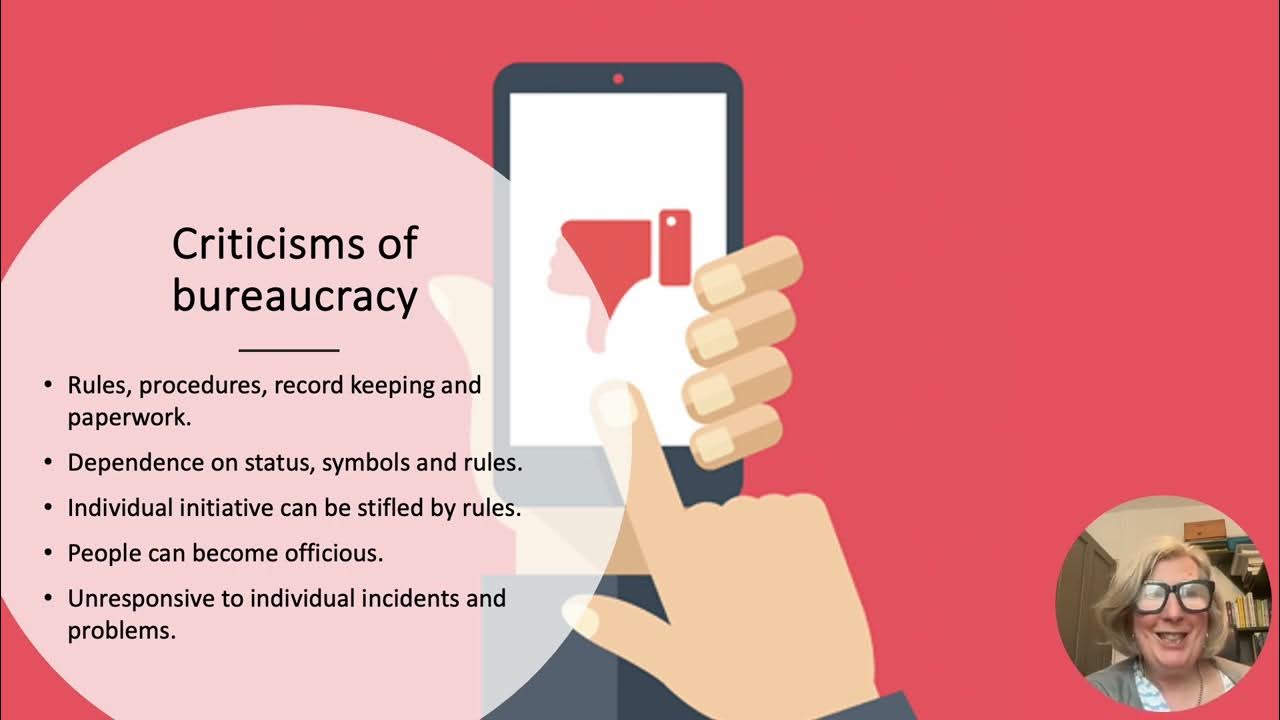Modern Management Theory
Summary
TLDRThe report discusses modern management theories, highlighting three key approaches: quantitative, systems, and contingency. The quantitative approach utilizes scientific methods for decision-making, while the systems approach emphasizes interrelations among subsystems to achieve organizational goals. The contingency approach adapts to varying circumstances. The presenter shares insights from their work at the Provincial Planning and Development Office, noting the practice of modern management principles and suggesting a transition to paperless transactions. Additionally, they propose 'Modern Management 2.0,' which incorporates a psychological approach to prioritize employee mental health, aiming to enhance overall workplace effectiveness.
Takeaways
- 😀 Modern management theory emerged after the 1950s and focuses on employee and organizational improvement.
- 📊 The quantitative approach uses scientific methods for decision-making, assessing benefits, risks, and probable outcomes.
- 🔗 The systems approach emphasizes the interrelation of subsystems, where different components work together to achieve common goals.
- 🚀 Open systems allow for feedback and adaptability, enhancing communication among subsystems, while closed systems operate in isolation.
- 🍔 In the fast-food industry, queueing theory is an example of applying quantitative methods to optimize operations.
- ⚖️ The contingency approach involves adapting management techniques based on environmental factors and specific situations.
- 📅 Managers must adjust their strategies when transitioning between different types of food service environments, such as fast food vs. fine dining.
- 🗣️ The speaker highlights their workplace’s practice of modern management, emphasizing open communication and skipping traditional chains of command.
- 📄 A proposed 'Modern Management 2.0' would integrate psychological approaches, focusing on employee mental health in addition to existing management theories.
- 🌱 Prioritizing employee well-being is essential for improving work quality and overall productivity in modern management.
Q & A
What is the main focus of modern management theory?
-Modern management theory primarily focuses on improving employee performance and enhancing organizational efficiency.
When did modern management theory emerge?
-Modern management theory emerged after the 1950s.
What are the three main approaches of modern management?
-The three main approaches are the quantitative approach, the systems approach, and the contingency approach.
How does the quantitative approach assist managers?
-The quantitative approach uses scientific methods, particularly mathematical models, to guide decision-making and assess risks and benefits.
Can you give an example of the quantitative approach in practice?
-An example is a fast food manager using queueing theory to predict customer volume and optimize staff scheduling.
What is the systems approach and how is it categorized?
-The systems approach examines the interrelation of components within a unified system, categorized into open and closed systems.
What distinguishes open systems from closed systems?
-Open systems adapt through feedback and communication, while closed systems operate in isolation without external inputs.
How does the contingency approach differ from the other two approaches?
-The contingency approach emphasizes adapting management strategies based on situational factors and specific challenges.
What suggestions does the speaker offer for improving their office's management practices?
-The speaker suggests transitioning to paperless transactions to enhance efficiency and modernize processes.
What is the proposed 'Modern Management 2.0'?
-Modern Management 2.0 is an updated version that incorporates psychological approaches, focusing on employees' mental health and individual needs.
Outlines

This section is available to paid users only. Please upgrade to access this part.
Upgrade NowMindmap

This section is available to paid users only. Please upgrade to access this part.
Upgrade NowKeywords

This section is available to paid users only. Please upgrade to access this part.
Upgrade NowHighlights

This section is available to paid users only. Please upgrade to access this part.
Upgrade NowTranscripts

This section is available to paid users only. Please upgrade to access this part.
Upgrade NowBrowse More Related Video

Sejarah Perkembangan Manajemen dan Teori Teori Manajemen | Topik 2 Pengantar Manajemen

PENGANTAR MANAJEMEN PART #2 - PERKEMBANGAN TEORI MANAJEMEN || JURUSAN MANAJEMEN - Albert Steinado

PoM I Unit 1I Evolution I Kareena I Video 2 I Evolution

INDU1173 Approaches to organisation and management Lecrure 1

History of Management┃Management Theories┃Leadership Styles

Unit 1 : Introduction l Part 1 l Management Principles and Application l Semester 1 l B Com Hons l
5.0 / 5 (0 votes)